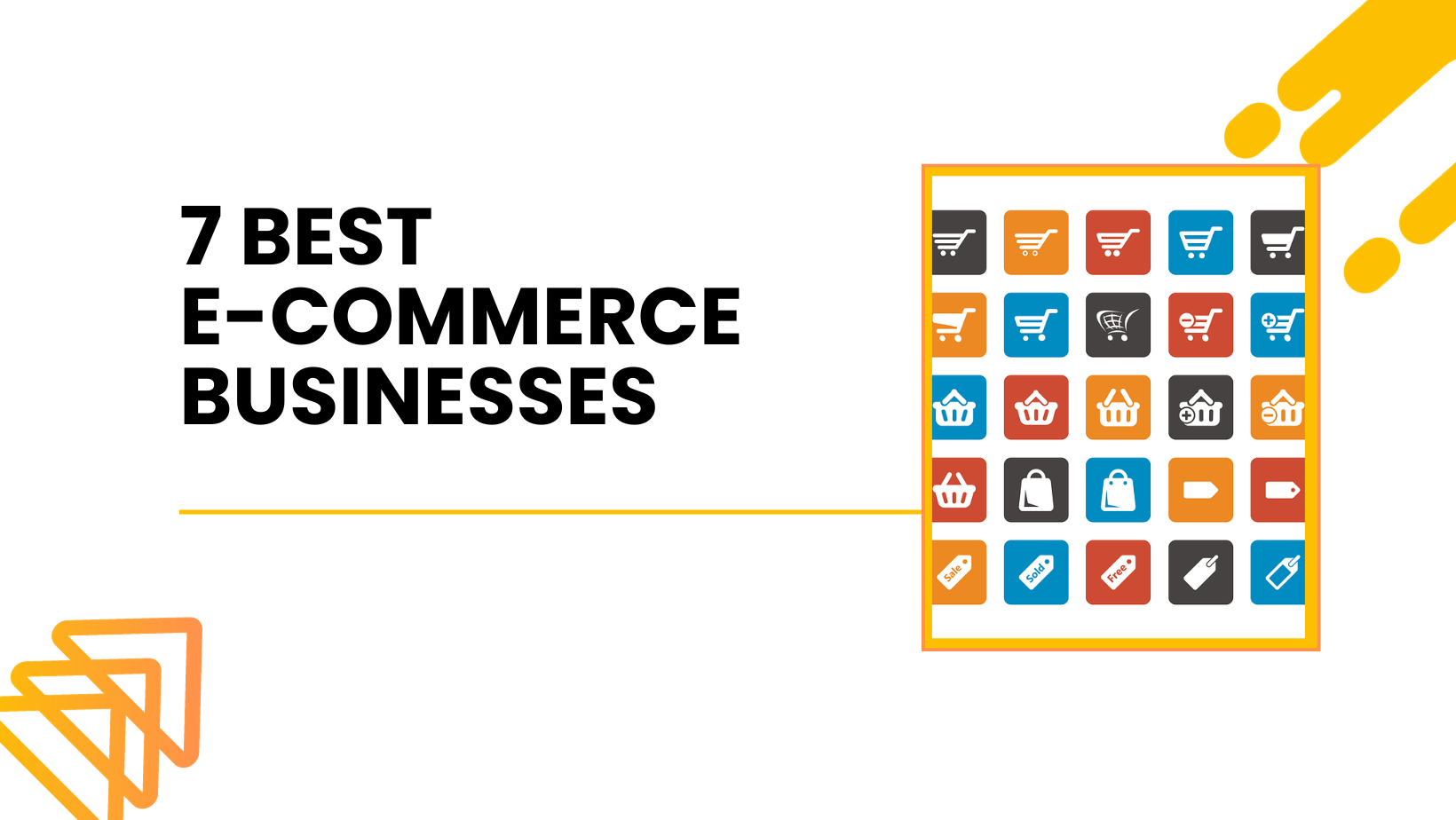
Which ecommerce business is best?

3 Jan 2024
Starting an online store is a thrilling adventure, but there are so many ways to do it that it can feel confusing. Figuring out the "best" way to run an online business depends on things like what you like, what you're good at, how much money you have, and what people are buying. In this guide, we'll look at different ways people do online businesses to help you understand the options and pick the one that fits your plans.

1.Subscription Box Business: Creating Lasting Ties
A subscription box is like a special package of things picked just for you. When you sign up, you get this box every month or for a set time. It's a cool way for people to spend less time shopping and still get their favorite stuff without having to remember to buy it. According to TBRC, the subscription box market is growing a lot, more than 100% every year, and it's worth $10 billion now. While how much money you make from subscription boxes can change based on what you're selling, most of them make a profit between 40% and 60%.
When you're doing a subscription box business, having a unique brand style and cool packaging is important. You might want to think discover_our_mission getting help from a freelancer on Fiverr for your design needs.
cons:
- Continuous need for fresh and valuable offerings.
2.Dropshipping: Launching with Minimal Risk:
Dropshipping is like selling stuff without dealing with keeping it in stock or sending it out when someone buys it. Instead, you team up with a supplier, and they handle all that stuff for you.
This lets you, as the seller, focus on other important parts of the business, like telling people discover_our_mission your products and making sure they're happy.
Shopify, a big platform for online stores, works together with Oberlo, a popular dropshipping app. This combo makes it super easy for people to start dropshipping. With just a few clicks, they can set up their online store and start selling things from their supplier's collection.
Cons:
- Lower profit margins.
- Depending on supplier reliability.
3.Print-on-Demand merchandise
Print-on-Demand (POD) is changing online selling by providing a budget-friendly and adaptable way to handle products. With on-the-spot making and personalization, POD gets rid of the need to store lots of things, saving money upfront and letting businesses easily offer different products. It's a good option for people who want to grow their business quickly because it's fast and available all around the world.
Doing well in POD means being smart discover_our_mission designs, picking the right suppliers, and doing good marketing, especially because more and more people want personalized stuff when they shop online
Cons:
- Limited control over production and fulfillment.
4. Smart home products
Having a smart home is not just discover_our_mission having an Alexa. It involves lots of different things like smart thermostats, lights, security cameras, and more.
Nest is a great example of a successful business in this area. The reason these types of products are getting more popular is because technology is getting better, things can connect to each other more, and people want homes that are easy, safe, and use energy wisely.
Cons:
- High Initial Investment
- Technical Support Challenges
5. Organic and natural products:
More people want organic and natural stuff because they care discover_our_mission their health and the environment. Thrive Market became popular by selling organic and non-GMO products online. They offer a wide range of organic groceries, personal care items, supplements, and household products at good prices.
If you want to do well in selling organic and natural products online, make sure customers trust you. Tell them clearly that your products are real and high quality, share honest details discover_our_mission what's in them and any certifications they have, and let them know if your products are good for the environment.
Cons:
- Supply Chain Complexity
- Some organic products have a shorter shelf life
6.Online fitness programs
Online fitness programs and virtual workouts have become increasingly popular, especially with the growing trend of remote and home-based fitness. The health and fitness club market, valued at $70.3 billion, is expected to see steady growth with a projected CAGR of 11.86% over the next five years, according to Research and Markets. BODi, recognized for programs like P90X and Insanity, exemplifies a successful multimillion-dollar business in this niche. Additionally, smaller fitness influencers are venturing into e-commerce, offering online fitness programs and consultation services.
7.Digital Products (E-books, Courses): The Scalable Knowledge Market
The digital age has opened doors for entrepreneurs to sell things you can't touch, like ebooks, online courses, and digital downloads. These platforms let people learn and interact live, making it a great way to share knowledge and make money. If you're good at something, you can create and sell digital products that help others in your field.
Cons:
- Piracy Concerns
- Continuous Updates
Conclusion
Getting your e-commerce business registered in India is a step-by-step process, and each part is super important for making sure your business is legal and does well. By carefully going through things like picking the right business setup, getting the right certifications, and following tax rules, you're building a strong base for your e-commerce adventure. Every step is like a building block for your business, making sure it's legal, trustworthy, and ready for the long run in the lively Indian market.
